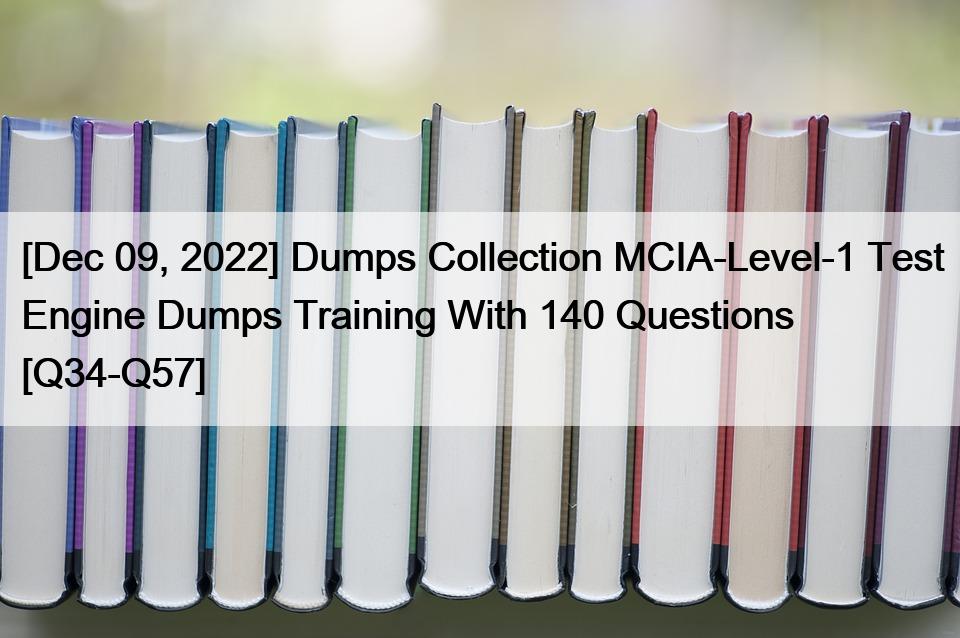|
Latest Exam Prep https://certify.vceprep.com/2022/12/09/dec-09-2022-dumps-collection-mcia-level-1-test-engine-dumps-training-with-140-questions-q34-q57/ Export date: Mon Feb 24 8:10:56 2025 / +0000 GMT |
[Dec 09, 2022] Dumps Collection MCIA-Level-1 Test Engine Dumps Training With 140 Questions [Q34-Q57] [Dec 09, 2022] Dumps Collection MCIA-Level-1 Test Engine Dumps Training With 140 Questions MuleSoft MCIA-Level-1 Dumps - 100% Cover Real Exam Questions For more info read reference:
Realistic VCEPrep MCIA-Level-1 Dumps PDF - 100% Passing Guarantee: https://www.vceprep.com/MCIA-Level-1-latest-vce-prep.html 1 |
Links:
|
|
Post date: 2022-12-09 13:07:48 Post date GMT: 2022-12-09 13:07:48 Post modified date: 2022-12-09 13:07:48 Post modified date GMT: 2022-12-09 13:07:48 |
|
Export date: Mon Feb 24 8:10:56 2025 / +0000 GMT This page was exported from Latest Exam Prep [ http://certify.vceprep.com ] |